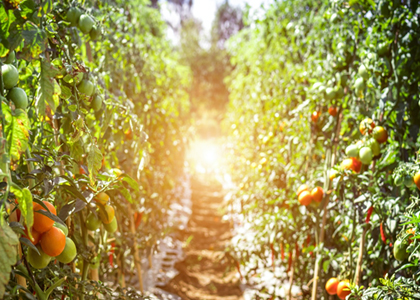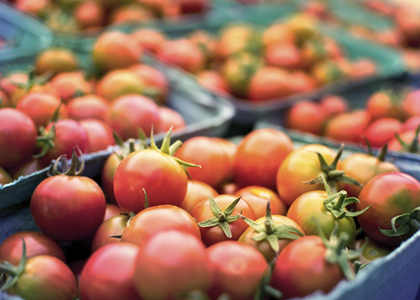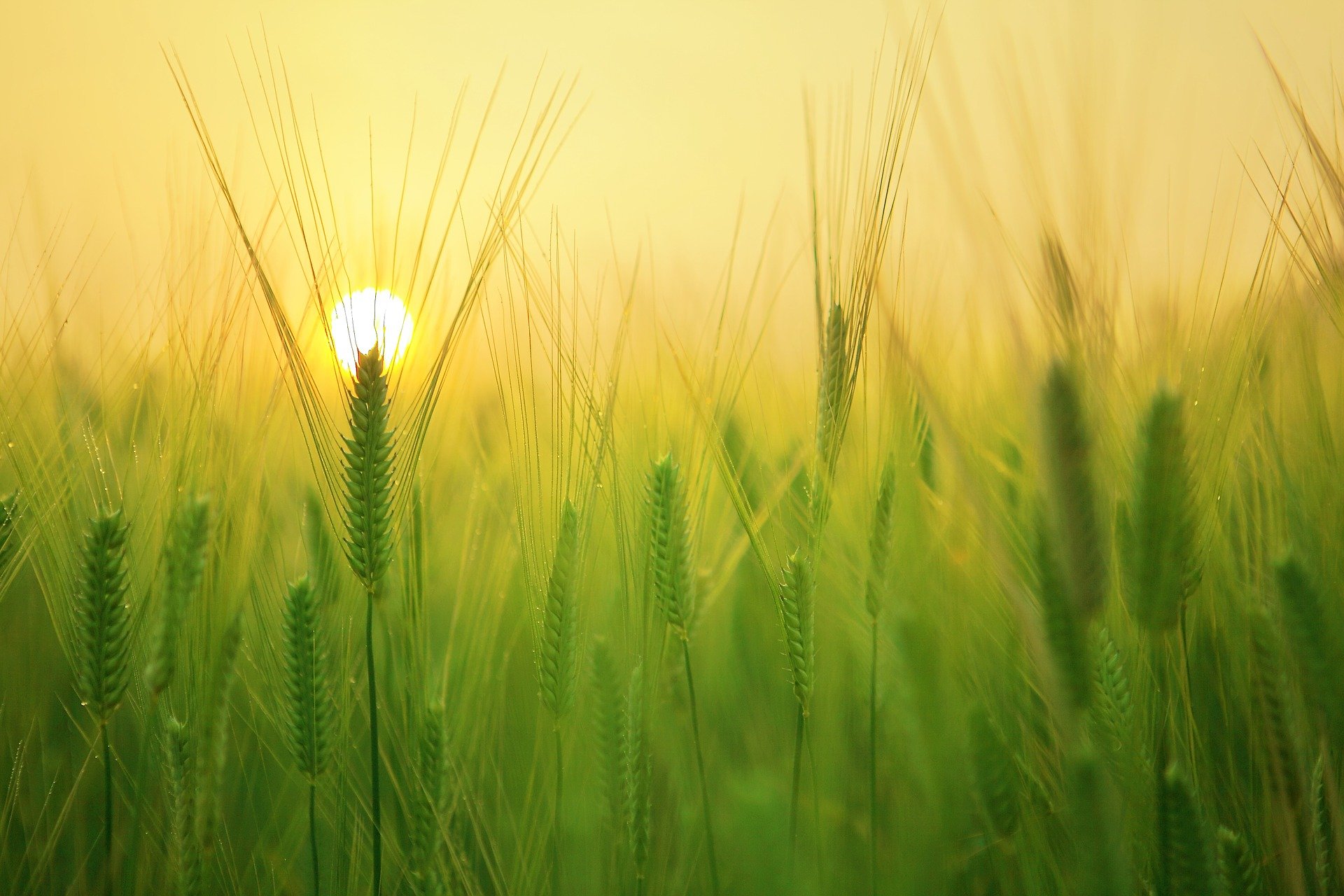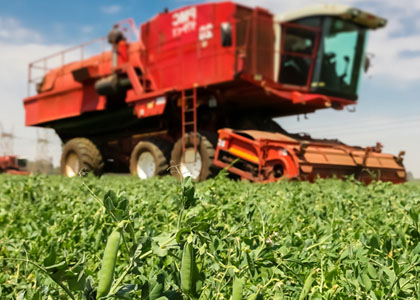Home / Blog / Guide To Farming Rhodes Grass
Rhodes grass has two main purposes in agriculture. It works not only as a moderate-to-high-quality forage for animals, but also serves an important role as a cover crop that improves the physical, chemical, and biological properties of soil. It is, therefore, used effectively by farmers for agriculture-based crop rotations.
Additionally, owing to its root development and structure, it takes firmly to the soil, helping combat erosion in areas of deforestation and dry land, where it becomes an integral component in conservation.
HISTORY OF RHODES GRASS
Historically, Rhodes grass or Chloris gayana traces back to Africa, from where it was exported to the world for commercial agriculture in 1985. According to a journal from the Food and Agriculture Organization of the United Nations (FAO), Rhodes grass originated from the banks of the Zambesi River, in Zimbabwe. A highly adaptable grass genus, that is widespread in tropical and subtropical countries, Rhodes grass is drought resistant and very productive.

Rhodes grass is a perennial or annual tropical grass, leafy, approximately 1-2m in height, and highly variable in habit. Its leaves are long and wide, while the roots go deep, down to 4.5m. One of the reasons for Rhodes grass’s popularity is its ability to adapt to a variety of climatic and soil conditions. In general, Rhodes grass takes well and spreads in areas with a rainfall of 650 mm per annum and higher.
Advantages
- Easily established.
- Spreads by runners.
- Moderate tolerance of salinity.
- Adaptive to sandy acid soils of moderate acidity.
- Good competitor for weeds such as spiny burr grass.
Disadvantages
- Poor tolerance of waterlogging.
- Does not tolerate extreme soil acidity and high exchangeable aluminum levels.
- Loses feed value quickly if allowed to grow rank.
VARIETIES OF RHODES GRASS
A highly-adaptable genus, there are many kinds of agri seed versions of Rhodes grass:
- Pioneer is also known as commercial Rhodes grass and is an early-flowering, erect plant with moderate leafiness. However, as the grass grows to the flowering stage quickly, its feed quality tends to drop.
- Katambora is a finer-leaved, later flowering grass variety than Pioneer, remaining leafy and productive into autumn. Owing to its extended cycle, it has superseded the latter in commercial use.
- Callide is an even-later flowering variety than Katambora. A more palatable variety that can be more productive than Katambora and Pioneer under fertile conditions, it does, however, require higher rainfall and is less cold-tolerant than the other two.
- Finecut is a variety that is popular for its animal-grazing and feed qualities. It has fine leaves and stems, is early flowering, of uniform maturity, and high yielding. Finecut Rhodes grass is a derivative from Katambora.
- Topcut is a version of Rhodes grass developed from Pioneer that is useful as hay. It has fine leaves and stems, is early flowering, and produces high yields.
PLANTATION & MANAGEMENT OF RHODES GRASS
Sowing
- When to sow: Rhodes grass is sown when there is the highest probability for rain as it requires consecutive days of moisture. Depending on different climatic conditions across the world, in the southern hemisphere, for example, it is planted in early spring, when evaporation is lower, or mid-summer (January to February) when there is more probability of receiving consecutive rain days. In drier climatic conditions, additional irrigation with good drainage through soil needs to supplement the growth cycle.
- Seedbed: Rhodes grass can be planted in a soil that has been slightly tilled by a tractor to clear weeds, to a fully-prepared seedbed that has been fallowed for aeration moisture, nitrogen accumulation, and weed control. The Rhodes agri seed does better if the subsoil is moist at the time of sowing. Depending on soil depth, a minimum of 40cm of wet soil under the seedbed is productive for growth. Equally, for light clay soils, a surface depth of up to 50mm should be fine and firm.
- Use of legumes for Rhodes grass pasture: Planting legumes to soil helps add, (pull), naturally-occurring nitrogen from the atmosphere into the ground. On pasture ground which is no longer fertile due to previous crop cycles, as Rhodes grass seedbed preparation, farmers can plant serradella legumes on acid sandy soils, and lucerne legumes to neutral-to-alkaline soils, to increase nitrogen fertility.
- Sowing method and depth: Rhodes grass takes easily to the ground through shallow implantation into a moist, but dry seedbed. The seed should be planted no deeper than 5mm to allow it to easily break through the firm, packed soil. On sandy loams, good pastures have grown from planting seeds into standing stubble (e.g. oats or wheat), followed by light grazing where the animals trample the seed into the soil surface. The Rhode agri seed can also be mixed with a small amount of superphosphate to help it grow through its seedling stage.
Sowing during a period of dry days ensures that the Rhodes seed is in the right position to take advantage of the next rainfall to start germination. The seed must maintain close contact with wet soil for about three days to break into a seedling. Sub-soil moisture will sustain the seedling until follow-up rains occur. Rain also helps the development of secondary roots, allowing the grass to firmly establish itself in the ground.
Fertilizer
A good fallow before plantation of Rhodes agri seed releases enough nitrogen to allow the grass to take to the ground, but a measured amount of chemical nitrogen fertilizer can be added to less fertile soils, where there is the scope of follow-up rainfall. Too much nitrogen applied without rain can burn the seeds at this stage, so care has to be taken when using chemical fertilizers. Legumes, as mentioned earlier, tend to be the safest and best source of nitrogen for grass.
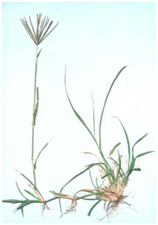
Weeds
Weed can seriously compete with a growing pasture of Rhodes grass seedlings, therefore, prepping the ground before grass plantation is a good idea. Slashing or light grazing helps reduce the competition from weeds. Although it is not general practice to use herbicides to control weeds, there are some commercial brands that do the job. However, farmers need to take care when using them to avoid killing useful pasture legumes.
Grazing management
The success of a pasture will depend on its grazing management in the first year. It is a good idea to postpone animal grazing until follow-up rainfall or allows seedlings to develop a strong root system. Short periods of grazing are preferable, where the best animal grazing is on short to medium-length grass. Spelling the pasture in late summer will allow Rhodes to set seed and will increase the life of the pasture.
RHODES GRASS IN SOIL CONSERVATION & AS PERINEAL PASTURE
Rhodes grass is known to be productive for a period of three to four years, but this time frame can be extended slightly on account of its high seed production. However, care has to be taken to not overgraze or utilize it at its early stages, as it tends to die out.
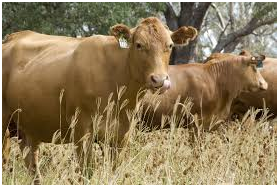
Because of Rhodes grass’s ability to spread by ‘stolons’ or ‘runners’, it is often used to combat erosion. Equally, Rhodes grass is also used by farmers to control the growth of eelworms (nematodes). Both these characteristics make it a useful rotational crop for tobacco, tomato, potato, and pineapple farmers.
Some other important characteristics of Rhodes grass are that it germinates and establishes faster than most other perennial, sub-tropical grass species, making it popular with farmers for animal grazing and pastures. Giving its adapted nature, it takes to brackish soils, where there is limited waterlogging. These characteristics make it a very useful and an ‘all-rounder’ pasture for animals
RHODES GRASS AS AN ALTERNATIVE TO ALFALFA
Alfalfa, (also known as lucerne or Medicago sativa), is cultivated as an important forage crop in many countries around the world. It is used for grazing, hay, and silage, as well as a green manure and cover crop. However, in recent years, increasing numbers of farmers are turning to Rhodes grass due to its high adaptability to many kinds of soils, quick growth cycle, and perineal usage, for the feeding and grazing of livestock. The nutritive value of Rhodes grass is high when the grass is young, therefore farmers have the added advantage of harvesting new growth monthly.
Farming practices across the Middle East, commonly alternate Rhodes grass with Alfalfa (Lucerne) to get the most out of animal grazing land.
To find out more about Rhodes grass uses and best practices across farming and for the grazing of animals, growing methods and treatment, or to procure seedlings, click here.



